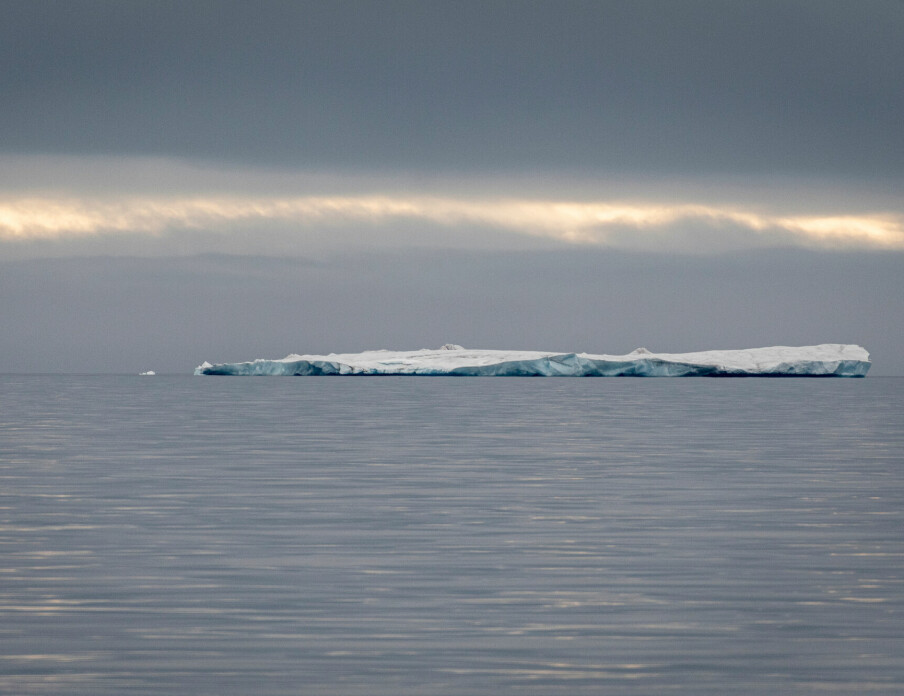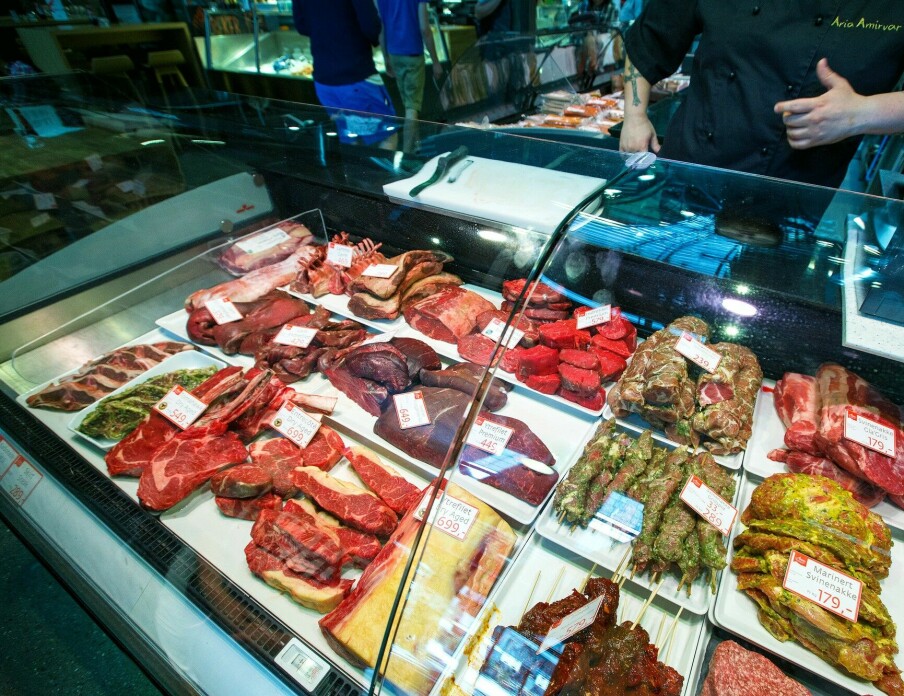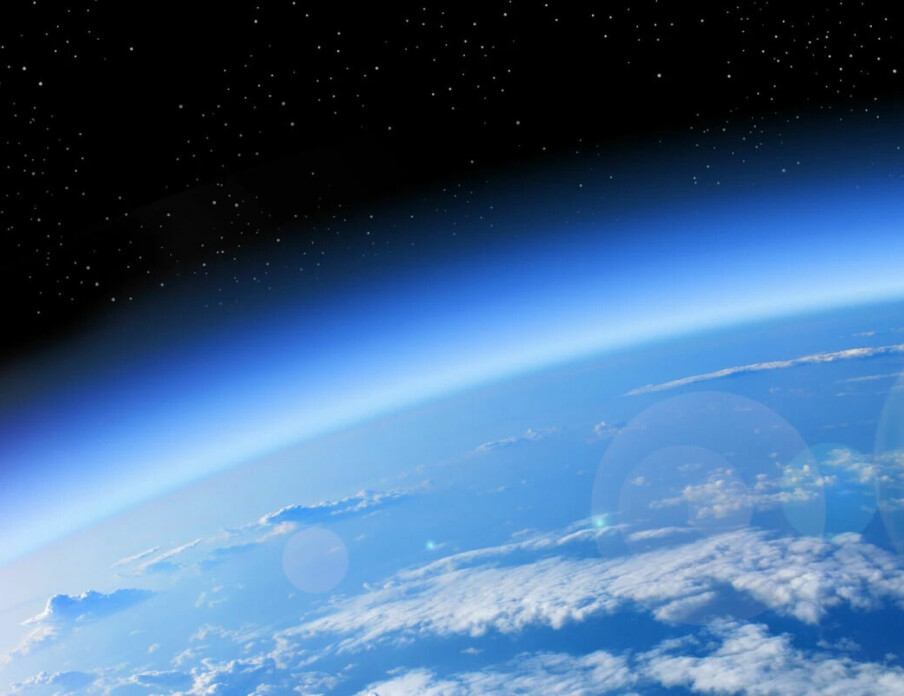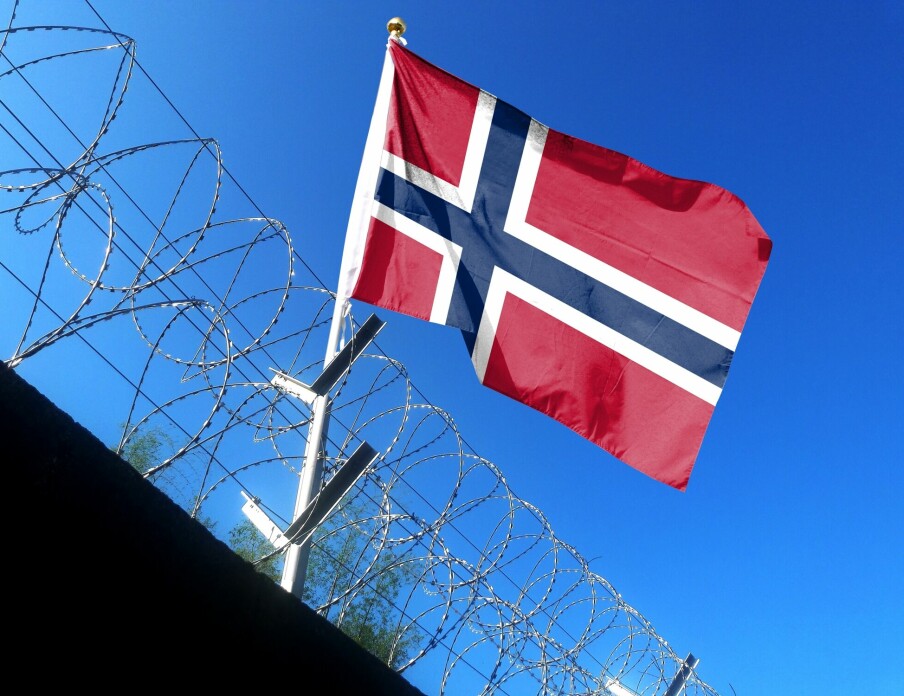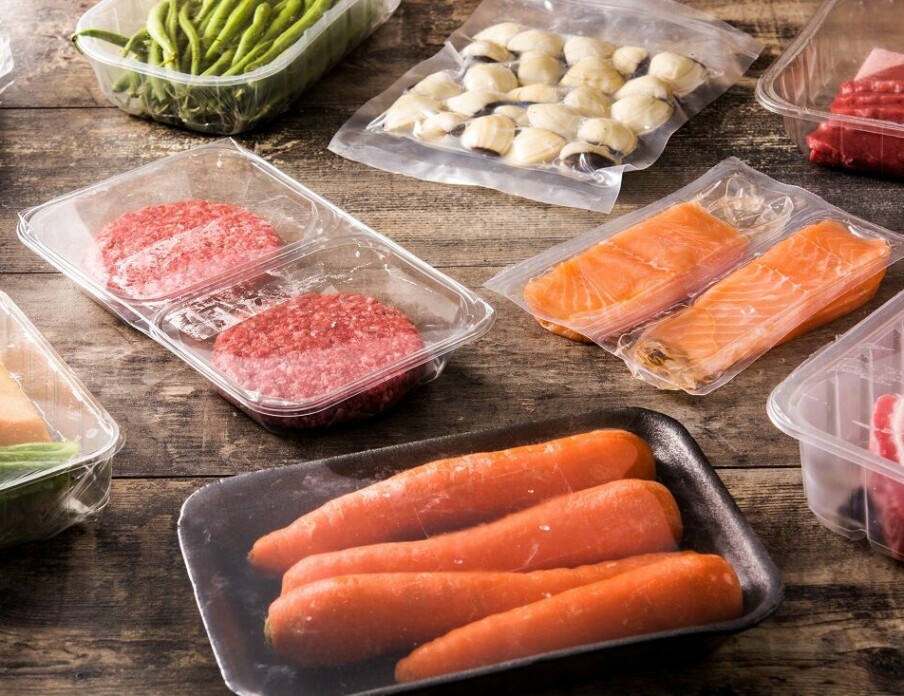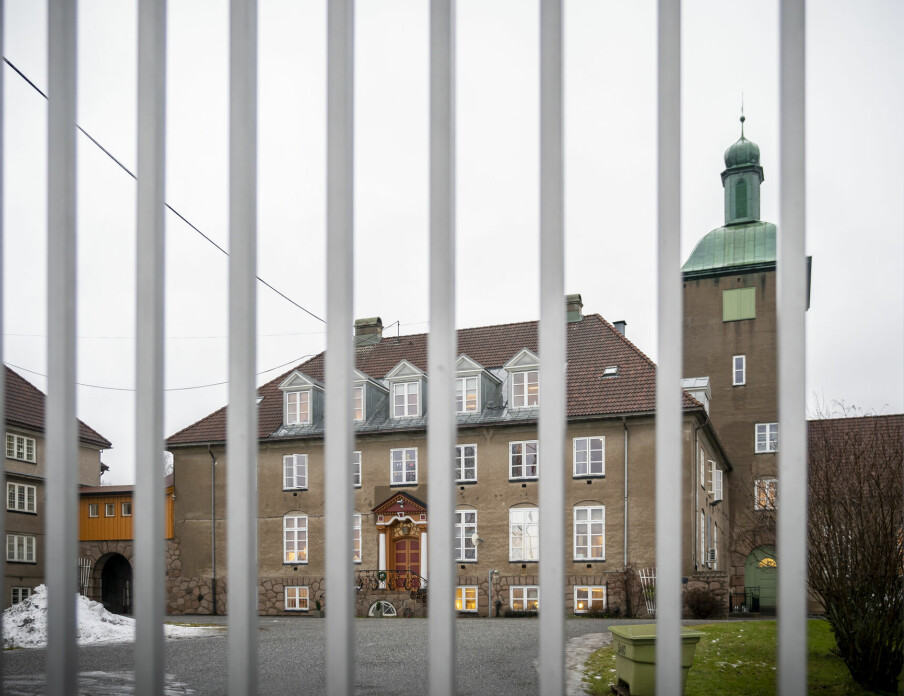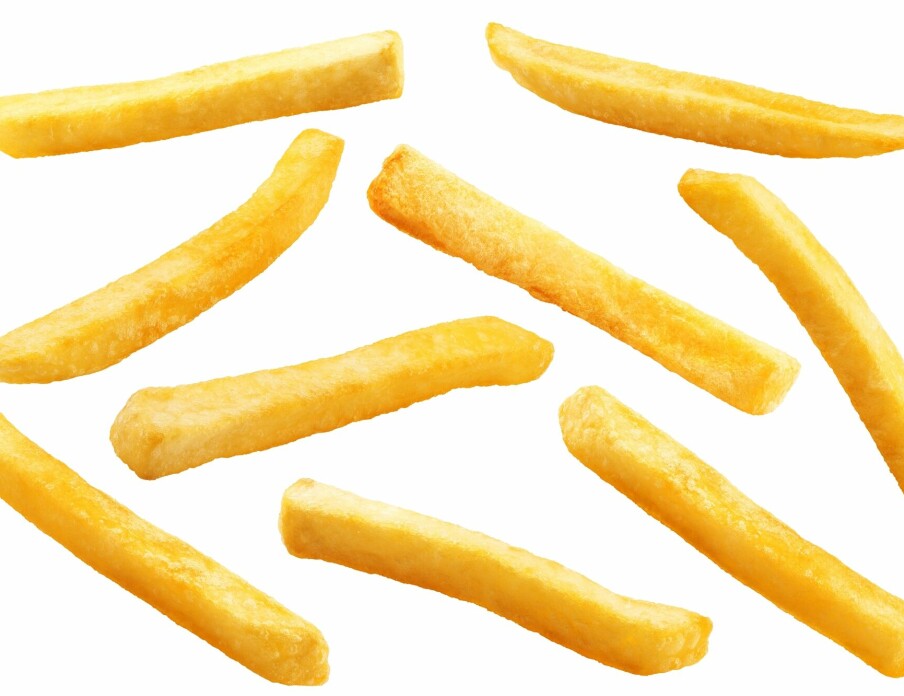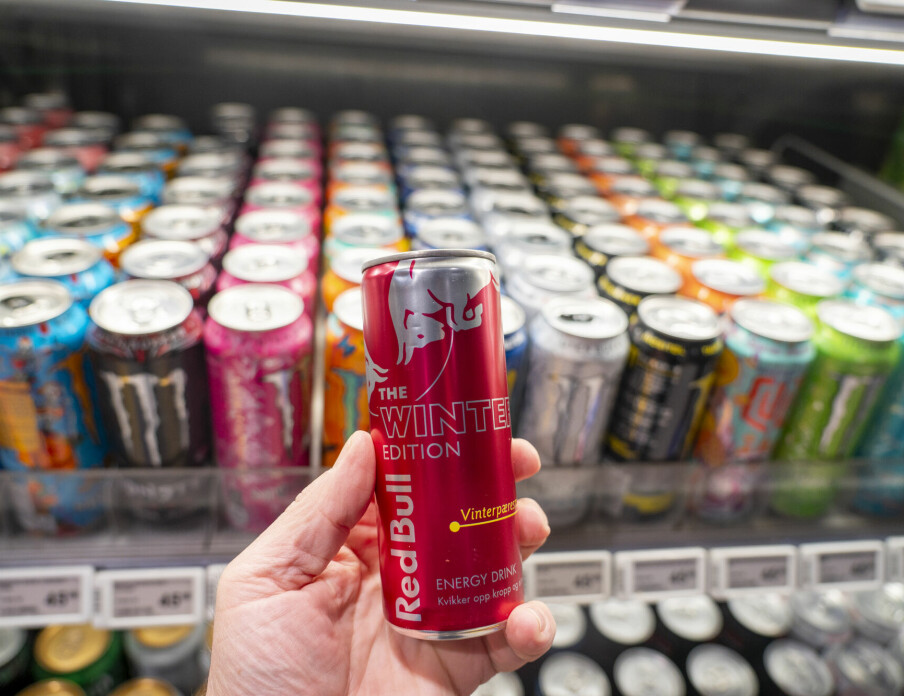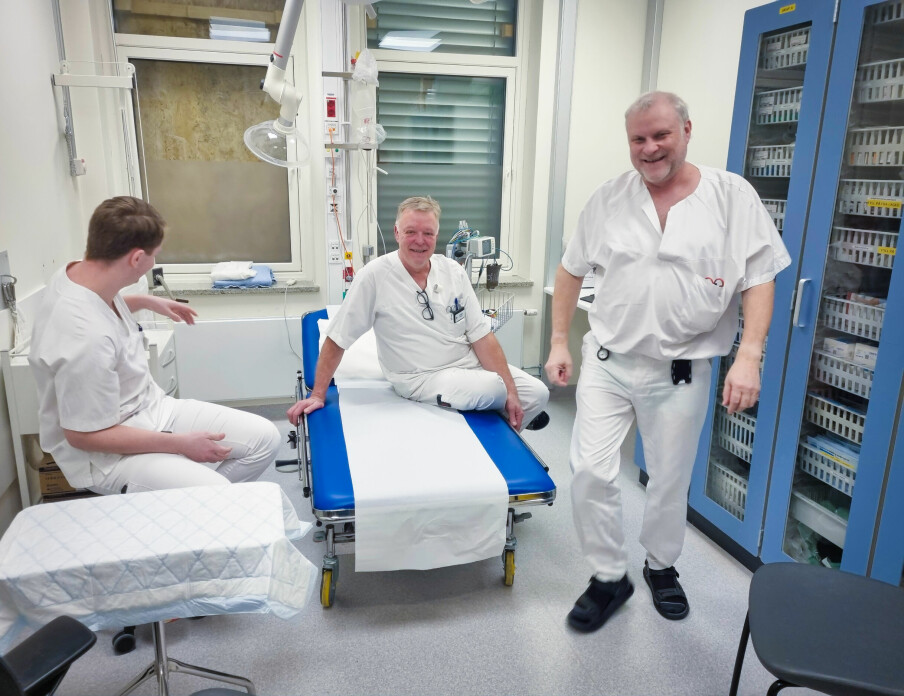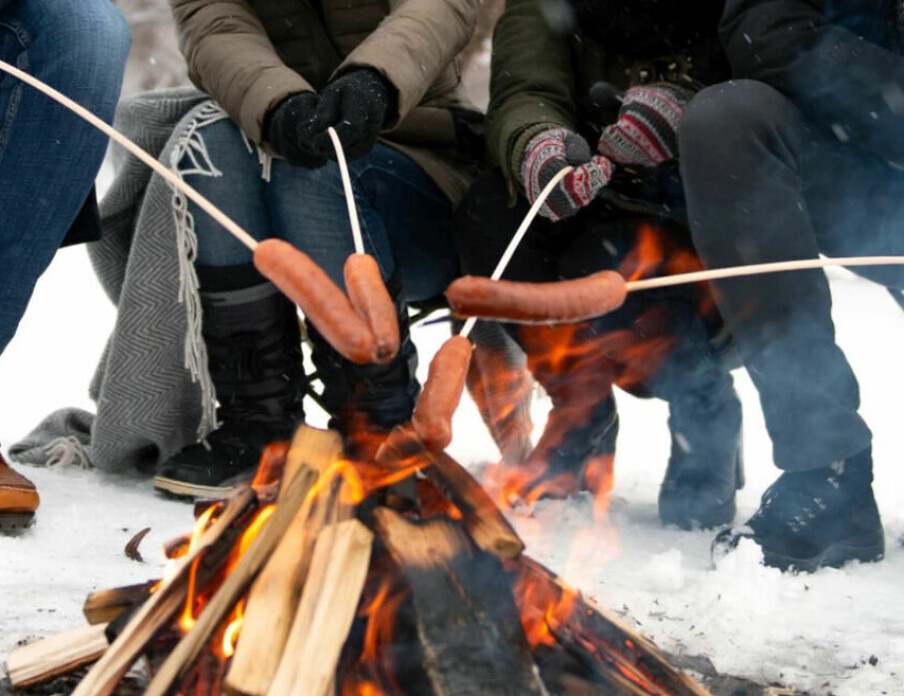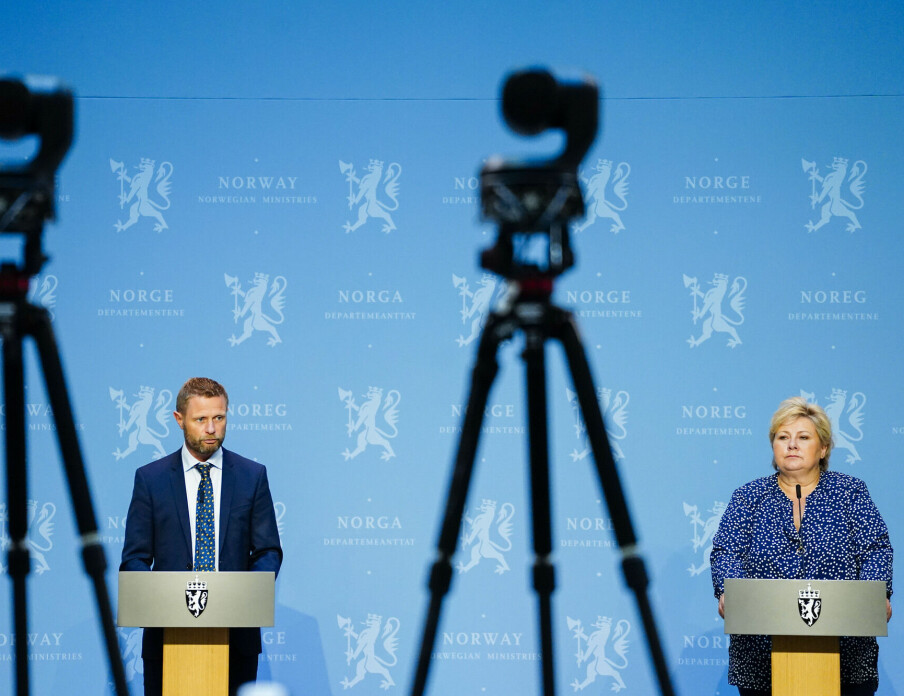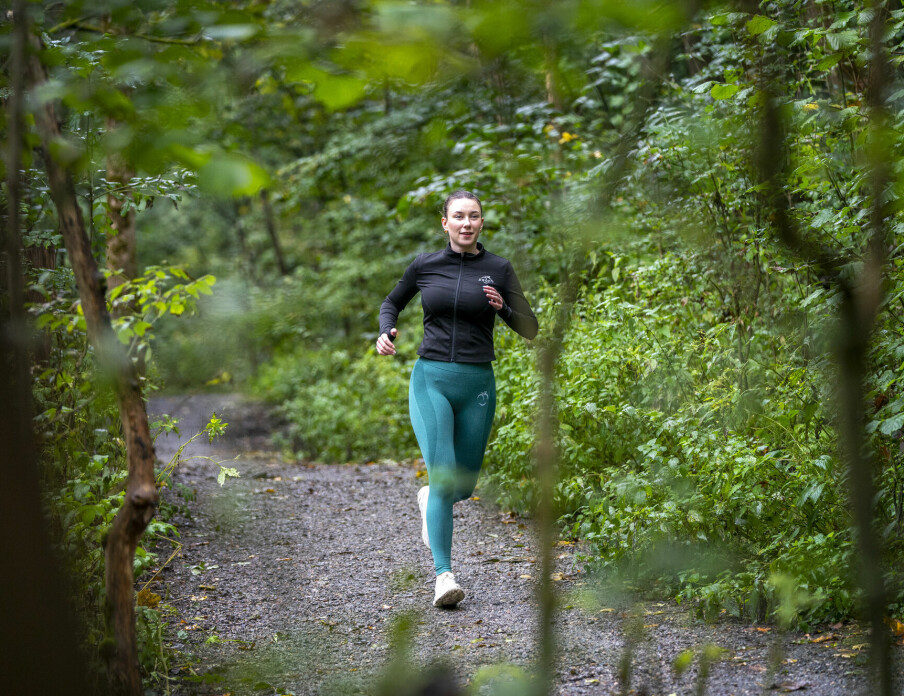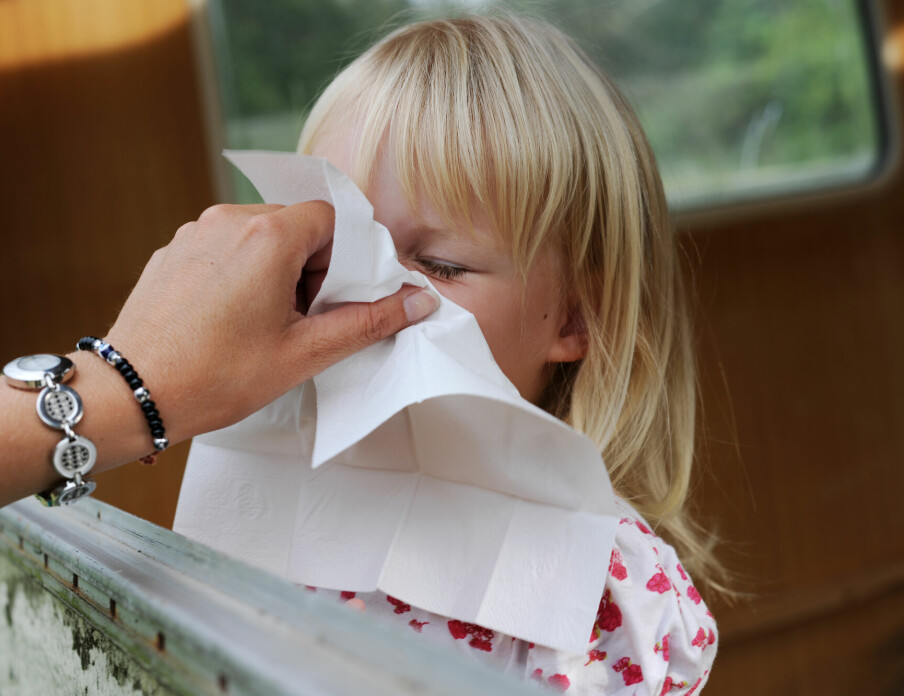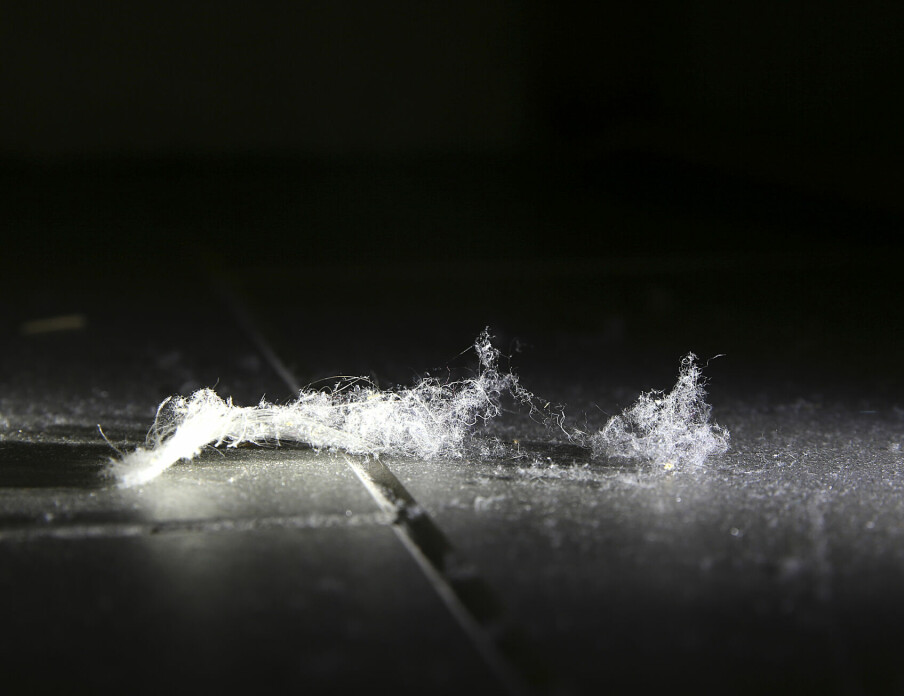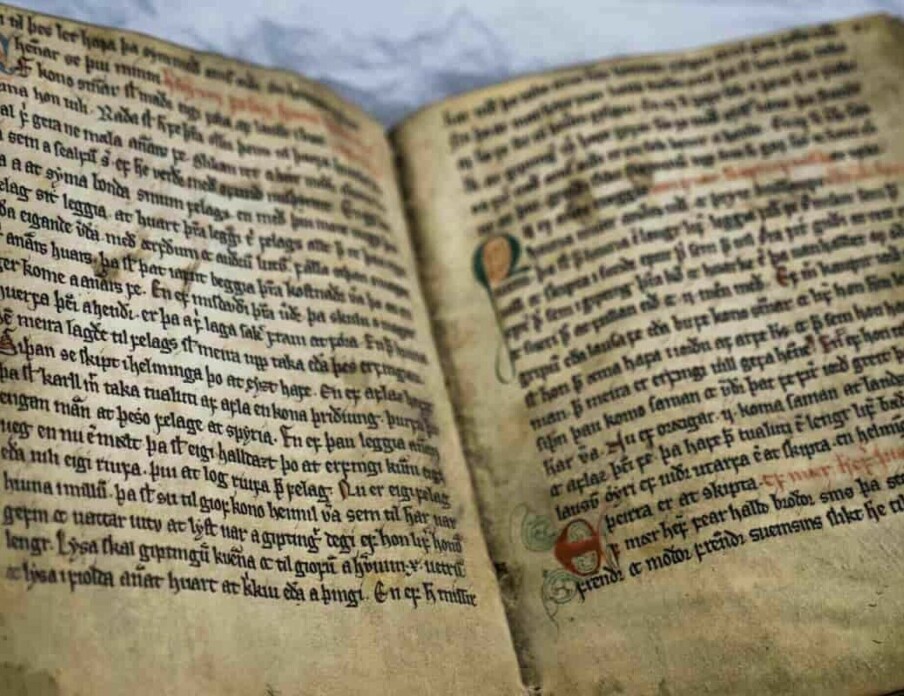Share your science:
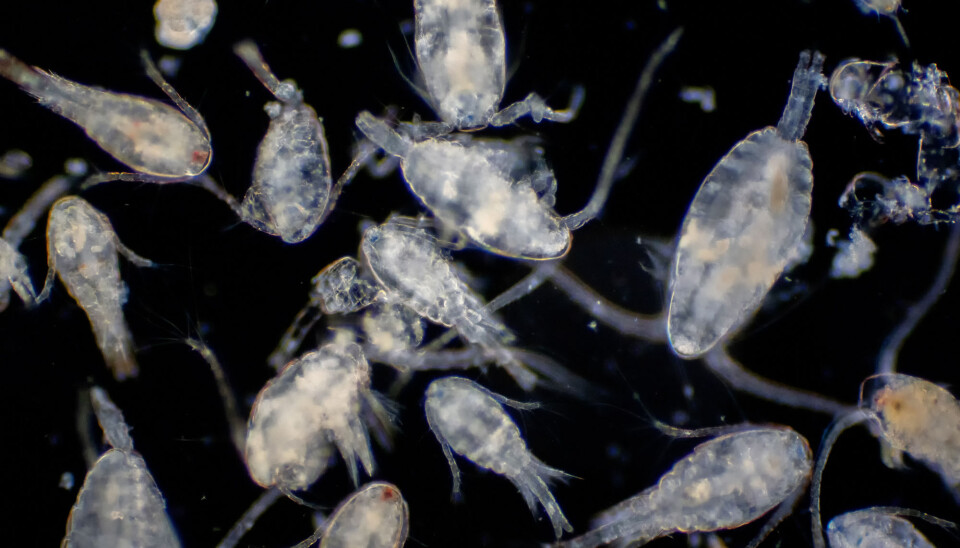
Who rules the Arctic seas?
SHARE YOUR SCIENCE: It's not the polar bear...
What do you think of when you think of the Arctic ocean? Belugas weaving through ice floes? Or maybe walruses sunbathing on a chilly beach? How about a polar bear hunting for its next seal snack?
Take a closer look…
The Arctic is one of the harshest places on the planet yet is home to an amazing array of wildlife. However, the «charismatic megafauna» you probably thought of when picturing this icy world, is only a small part of the Arctic ocean ecosystem. If we take a closer look at these frigid waters, we soon realize there is much more than what first meets the eye. In fact, the true ruler of this frozen kingdom is not the powerful polar bear, but the tiny, microscopic world of plankton!
In the Arctic, plankton play a key role in the functioning of the ecosystem. In the spring, phytoplankton harness the sun’s energy and create giant blooms that can stretch for kilometers. These blooms, similar to land-based plants, are the primary energy source (aptly named «primary producers») to the food web. Zooplankton will devour much of this bloom and act as the important link between the primary producers and the rest of the food web. Indeed, this zooplankton link is crucial for many species of fish, birds, seals and even whales, who all feed on these tiny creatures.
Tiny, but full of fat
However, Arctic zooplankton differ from their southernly counterparts, such as the fact that they are much, much fattier. Some of these little creatures can store so much fat that it can account for over half of their body weight! Indeed, it is for this exact reason that they are so sought after by so many of the larger animals in the Arctic. Almost all animals that spend the winter in the Arctic will have to survive on fat stores they have built up during the productive spring and summer period. Zooplankton are the perfect packets of energy for animals like fish, birds and seals, to build up their important energy stores to survive the harsh polar night. However, just like the food we eat, not all zooplankton have the same nutritional value, some are more energy rich than others.
In order to truly understand how the Arctic marine ecosystems function, and the important role that zooplankton play in it, we need to further understand how, and why, the energy value of zooplankton species differs. The amount of energy a zooplankter builds up and stores is dependent on a wide range of factors, such as its reproduction strategy and its geographic distribution. If the energetic value is very different from one species to another, then changes in the abundance of different species could greatly impact those animals feeding on them. Depending on the species present, predators might have very different food options available to them; similar to if you had to choose between a hearty home-cooked meal or a packet of instant noodles. Luckily, this research is being taken on by The Nansen Legacy and researchers are working to understand such finer details within Arctic ecosystems, such as the Barents Sea.
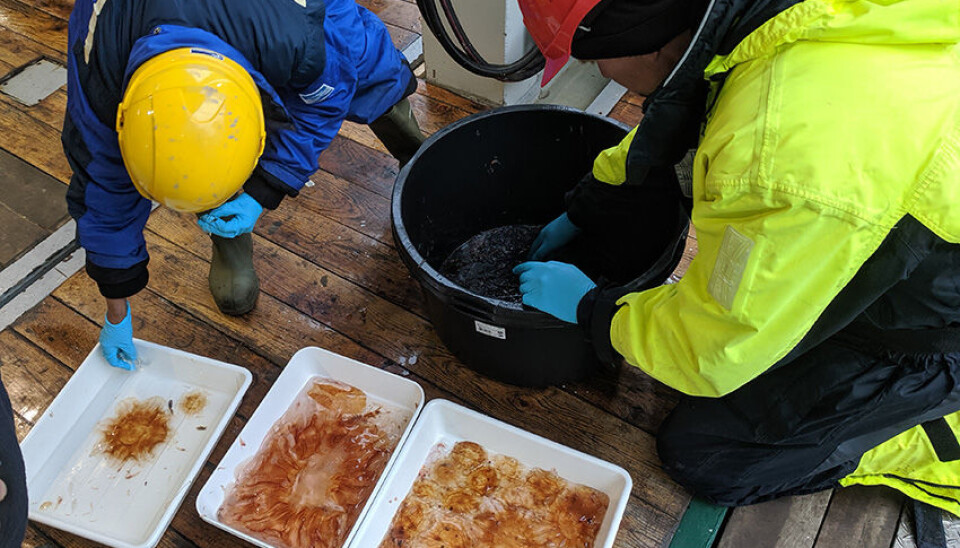
Understanding tiny animals is understanding the future
With the Arctic being greatly affected by climate change, there is even more reason to understand these energy differences, sooner rather than later. Climate change is causing Arctic waters to warm, which will affect what species of zooplankton will thrive and may even cause energy poorer southern species to migrate north and establish themselves. There are examples of such impacts already existing for some Arctic animals, such as the Little Auk (Alle Alle), a small sea bird.
These birds feed on zooplankton called copepods, preferably fatty, energy rich ones such as Calanus glacialis. However, as the waters of their feeding grounds have warmed, there has been an increase in Atlantic copepods, such as the energy poorer Calanus finmarchicus. As a result, these birds are forced to feed on the «instant noodle» option of energy poor species, rather than getting their energy rich «home cooked meal», with their chicks also suffering the consequences.
By understanding the difference in energy values, we can make better predictions on what energy will be available to the rest of the Arctic food web under the influence of climate change. Once we understand this, we can have a better grasp on the overall health and resilience of the food web, and how susceptible it might be to further stress, such as pollutants. Understanding the resilience and stress thresholds of an ecosystem, is vital in developing policies to protect it. Thus, gaining a detailed understanding of how such ecosystems function allows us to develop a more sustainable relationship between industry and environment, and better protect our amazing natural world into the future.
Share your science or have an opinion in the Researchers' zone
The ScienceNorway Researchers' zone consists of opinions, blogs and popular science pieces written by researchers and scientists from or based in Norway.
Want to contribute? Send us an email!










